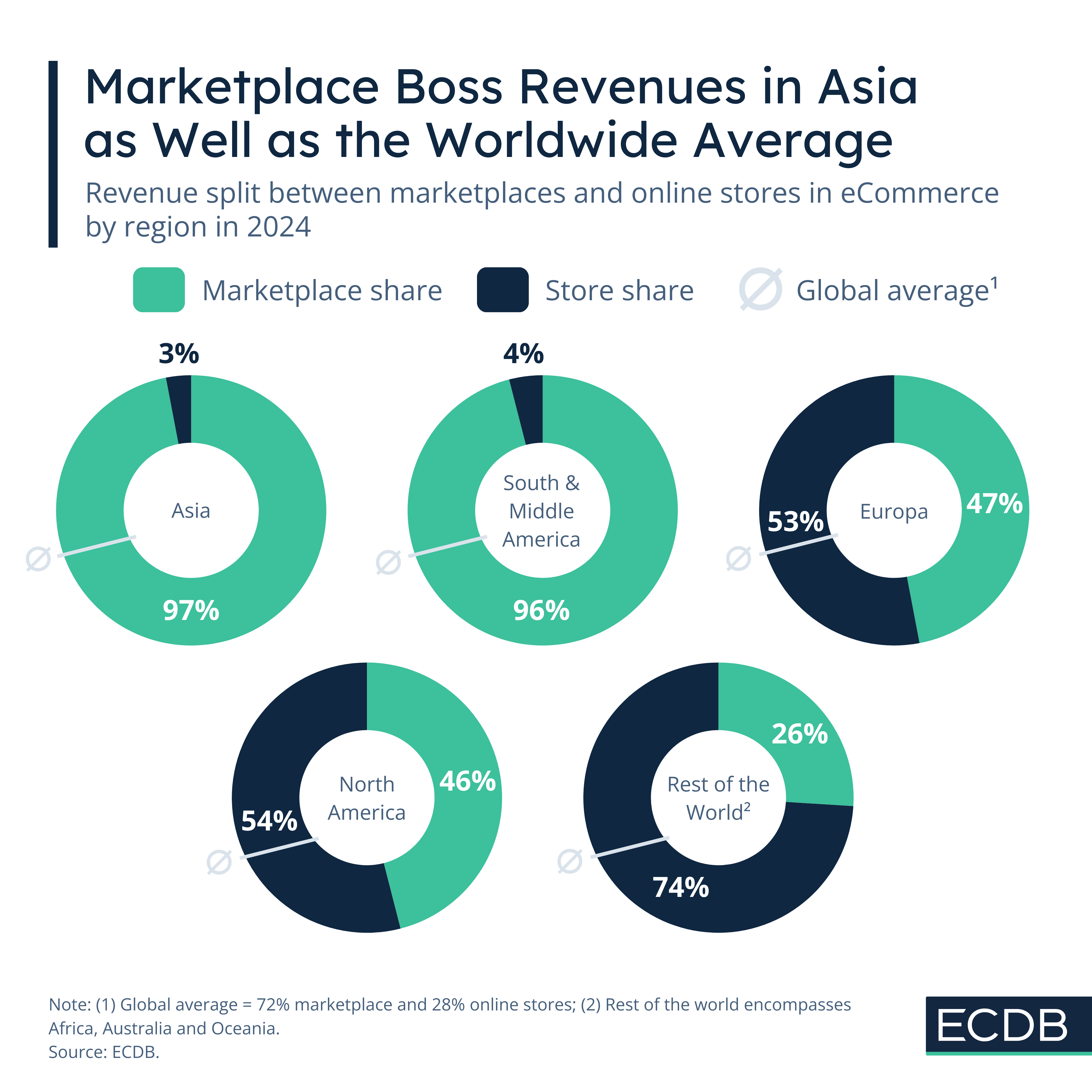
Blog
The ECDB Blog turns data from the Tool into eCommerce insights that illustrate which use you can make of our comprehensive data. It elaborates on relevant eCommerce news to help your brand gain a broader perspective on current retail trends and their effects. Our articles are carefully crafted to present to you the latest market trends, including retail, payment, shipping, transactions, cross-border and more.
Item 1 of 5
All Articles

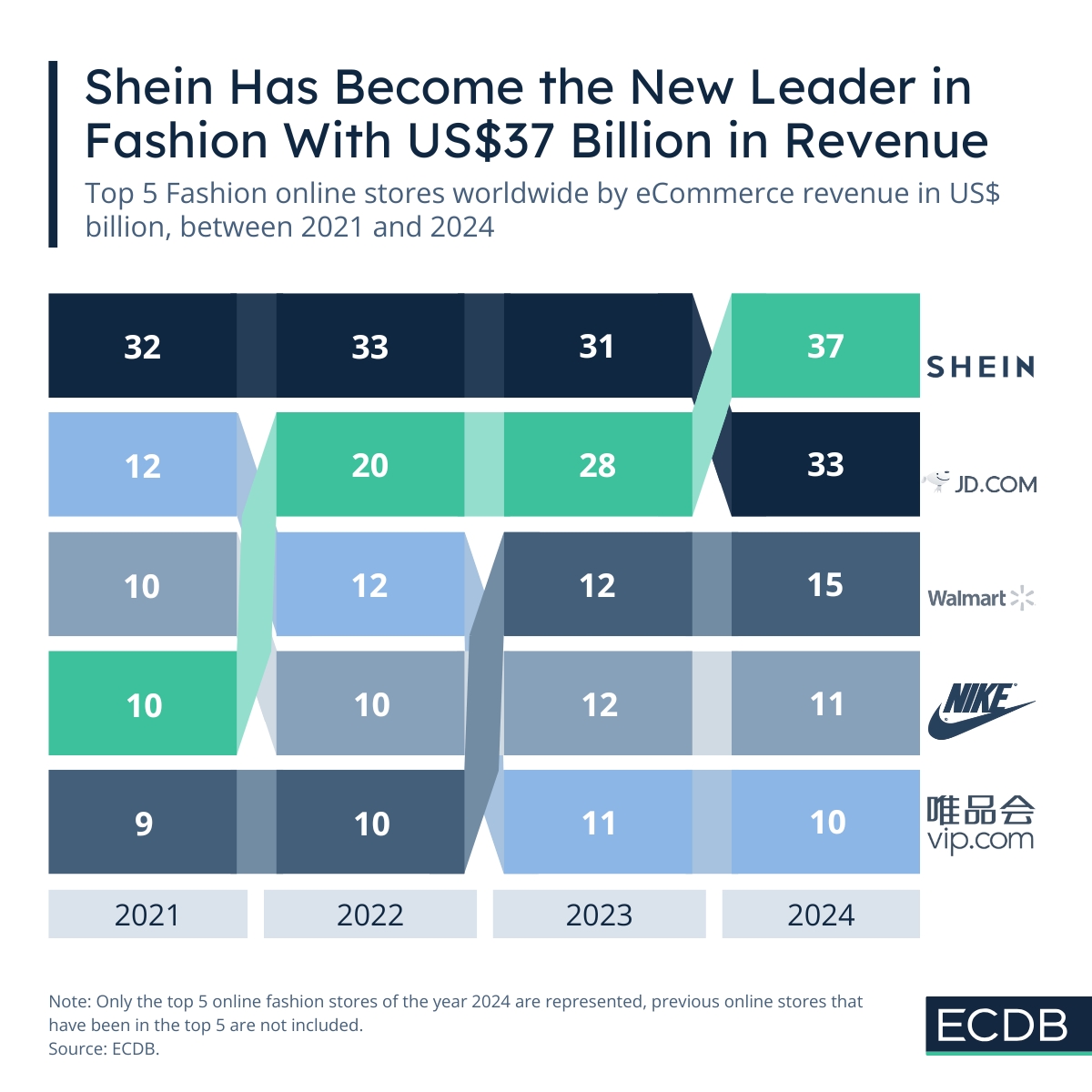
The Fashion eCommerce Market Has a New Leader: Shein Climbs to the Top
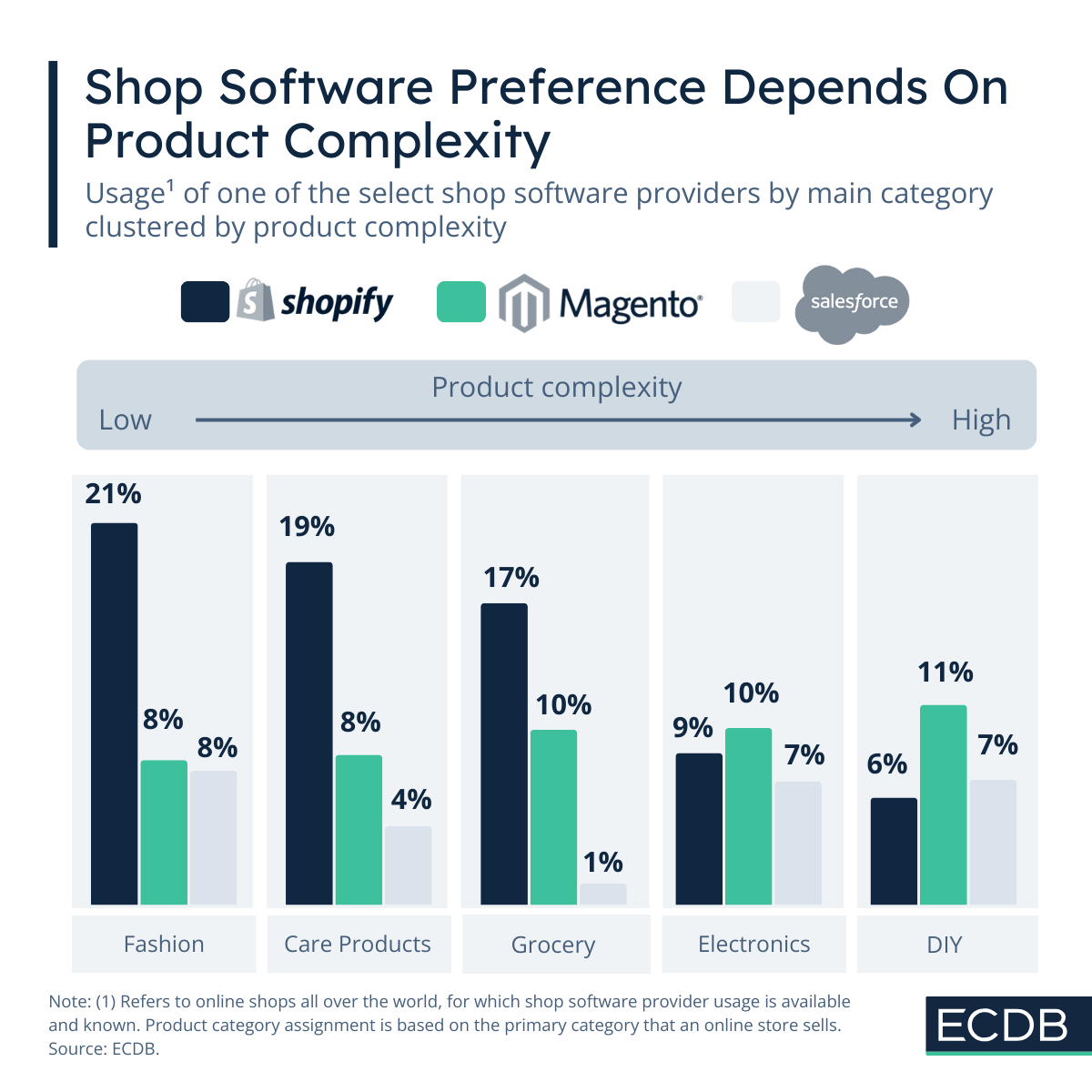
Here Is How Product Categories Shape the Choice of Shop Software
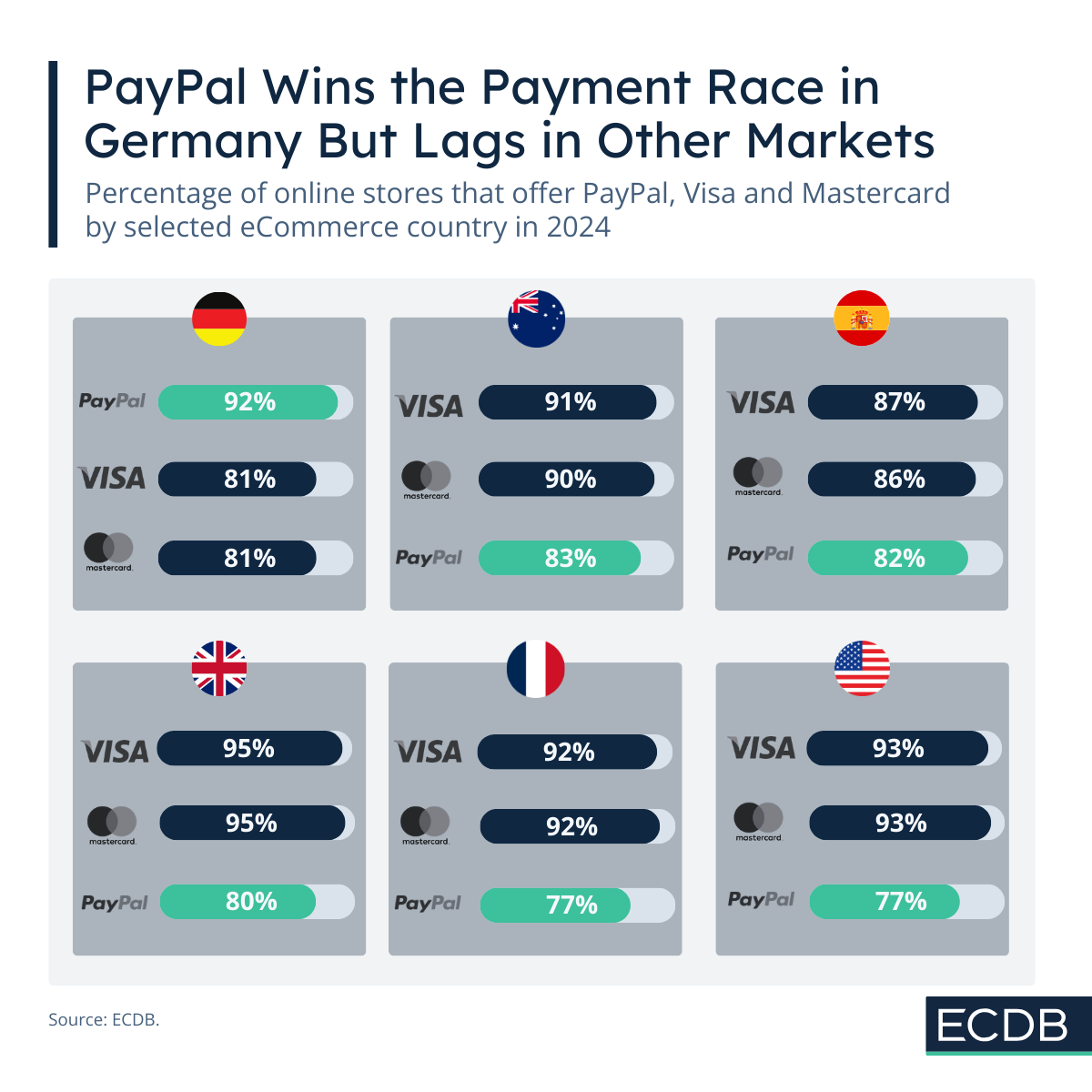
Most Online Stores in Germany Offer PayPal as Payment Option
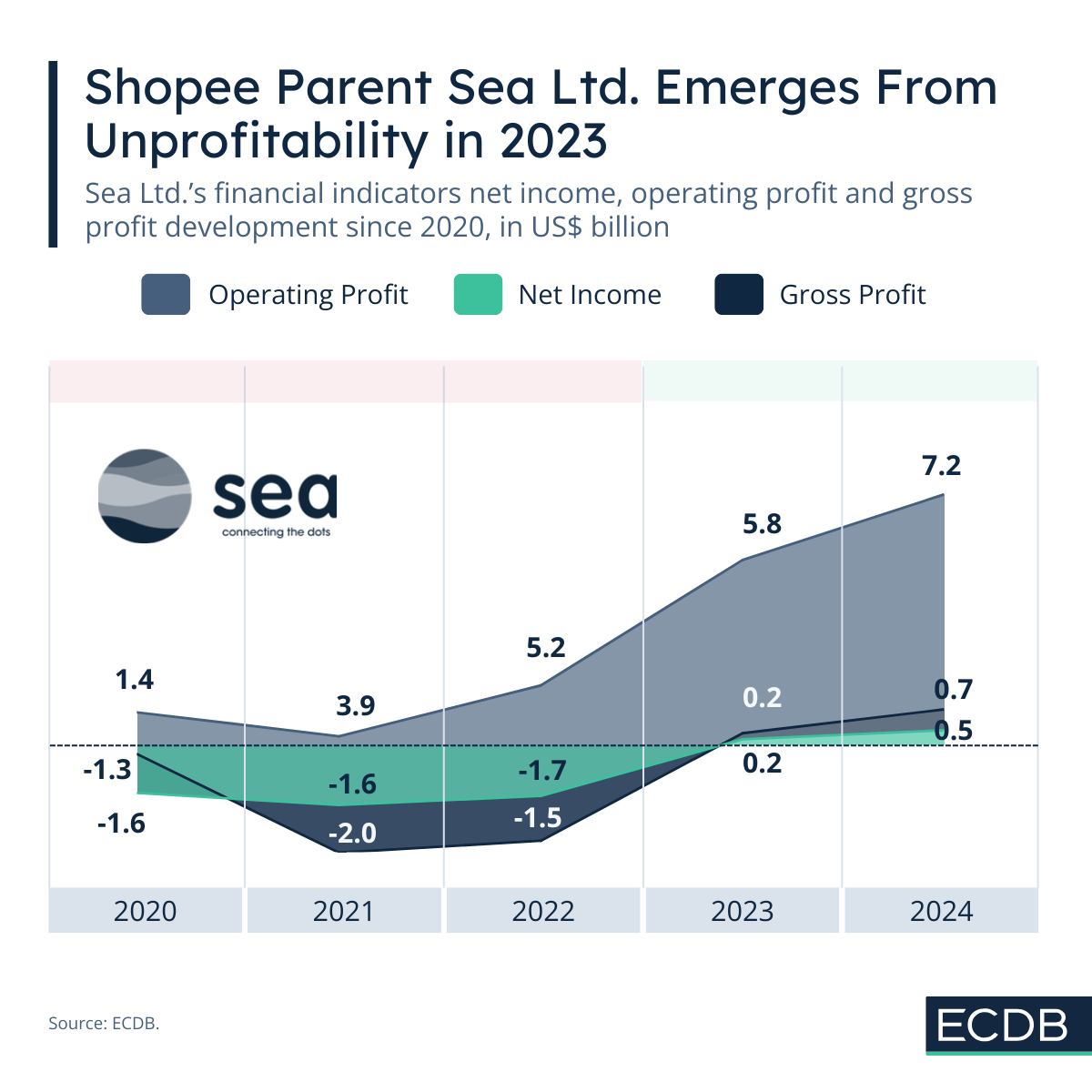
Sea Ltd. Prioritized Market Share Over Profitability
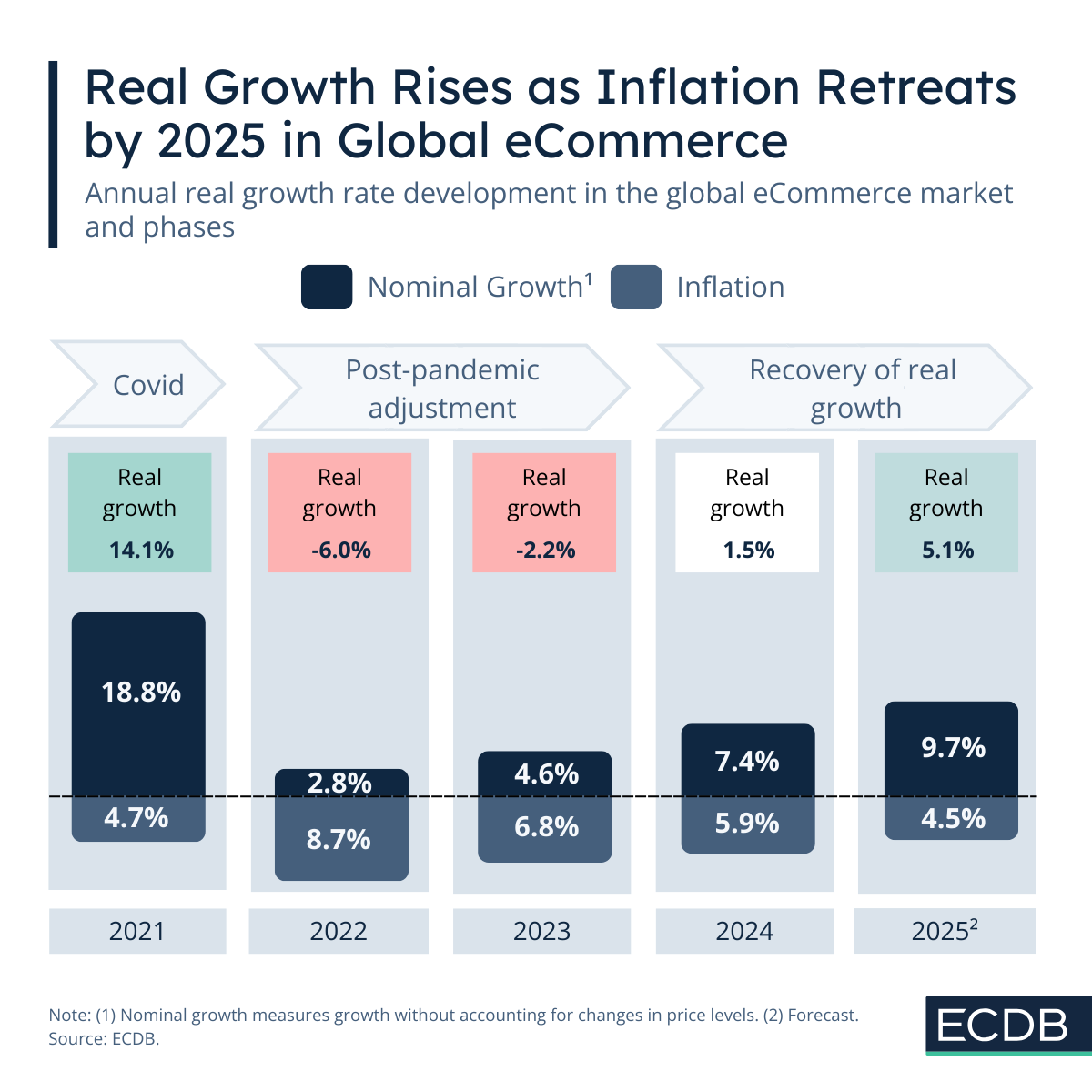
How Nominal Growth, Inflation and Real Growth Connect in World eCommerce
Ready To Get Started?
Find your perfect solution and let ECDB empower your eCommerce success.